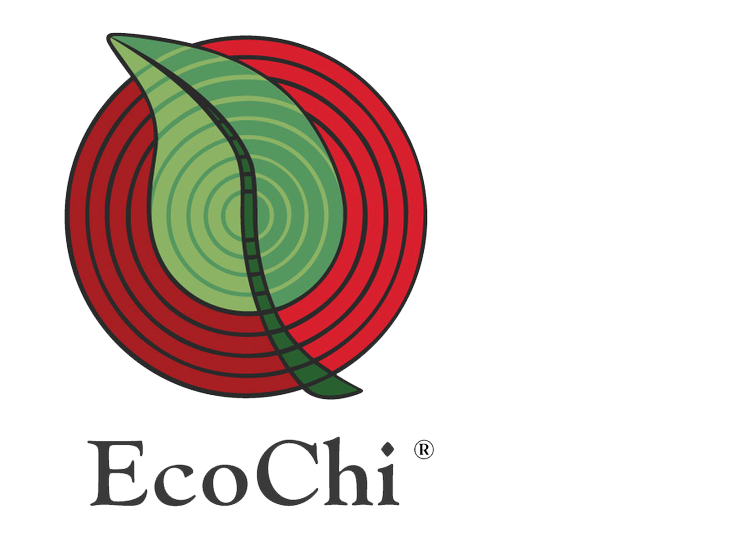Photography Uncovers Contradictions of Spiritual Awareness
An EcoChi Vital Abstract
This interview was published in the Winter 2019 Spirituality Issue of Aperture Magazine, where guest editor Wolfgang Tillmans spoke with philosopher Martin Hägglund on ideas of faith and freedom.
How should we live if life is finite? What is our responsibility to our families, our communities, and our environment? How can we practice a secular faith beyond the constraints of institutionalized religion? In his latest book, This Life: Secular Faith and Spiritual Freedom (2019), the renowned professor of comparative literature and humanities Martin Hägglund grapples with notions of faith and freedom spanning the work of writers, theorists, and activists. The meaning of life, he argues, is not found in devotion to eternal existence but instead in caring for what we know will be lost. “Secular faith will always be precarious,” Hägglund writes, “but in its fragility it opens the possibility of our spiritual freedom.”
Martin Hägglund: One thing I’m concerned with…is how we should diagnose that sense of something lacking in our society. And a very dominant narrative, which is usually associated with the idea of disenchantment, is that we have this sense of lack because we have lost something we once had: the spirituality that we supposedly need to get back to. In contrast to that perspective, I’m trying to show that if something is lacking, it’s not because we have lost something that we should retrieve. It’s rather because we haven’t fully actualized our freedom, our spiritual freedom, both individually and collectively.
Hägglund: I think that pain and difficulty are also intrinsic to anything that can matter, to anything that can be important. For the same reason, even though I am not angry at us being finite, the book is very concerned with how we can lead our finite lives in a better way. But instead of aiming to overcome the condition of finitude per se, I am concerned with how we can flourish more deeply in our finite lives and do justice to our vulnerability and our interdependence.
Tillmans: As a photographer, I have been observing for a long time a dichotomy in myself between aiming to live in the moment and the very nature of photography as materializing moments. This life lived in full awareness that there’s nothing beyond the here and now leaves behind a trail of images and physical prints. Have you ever thought about this photographer’s dilemma?
Hägglund: It has actually been an abiding concern for me. There’s a connection to an important distinction I make in the book between two things that we tend to conflate—an aspiration to what I call “living on” versus an aspiration for eternity. To live on is not to transcend finitude, but to prolong a finite life. What’s interesting about photography is that it tries both to seize a moment that is fragile and fleeting, and to preserve it or trace it in some way. Not to make it eternal, but so that it can live on for the future and be taken up again. That whole desire is animated from within by the fleeting sense of the moment as you try to capture it. But it’s not about eternity—it’s about connecting across time and space.
Copyright © 2020 EcoChi, LLC. All rights reserved.




